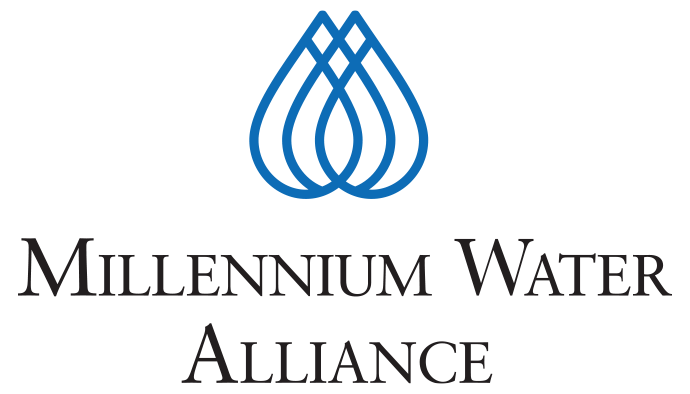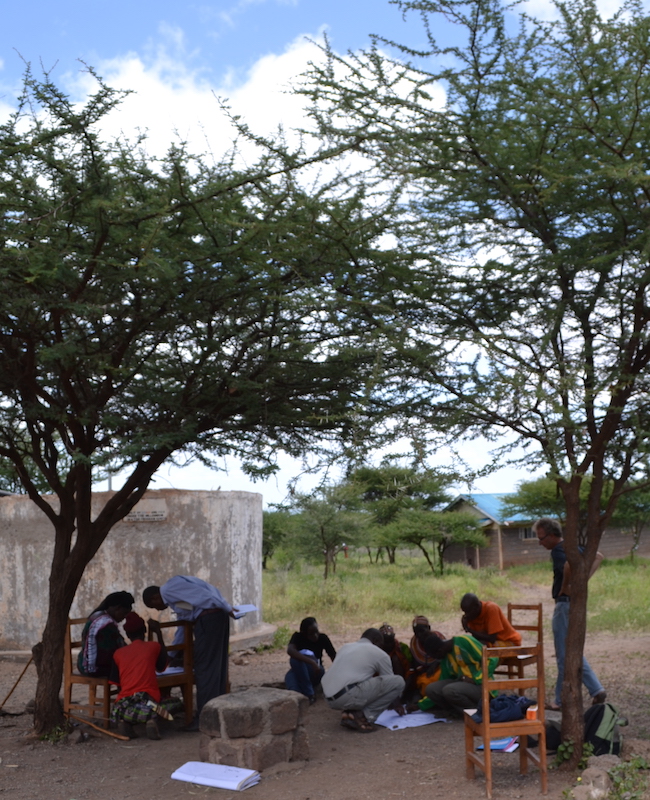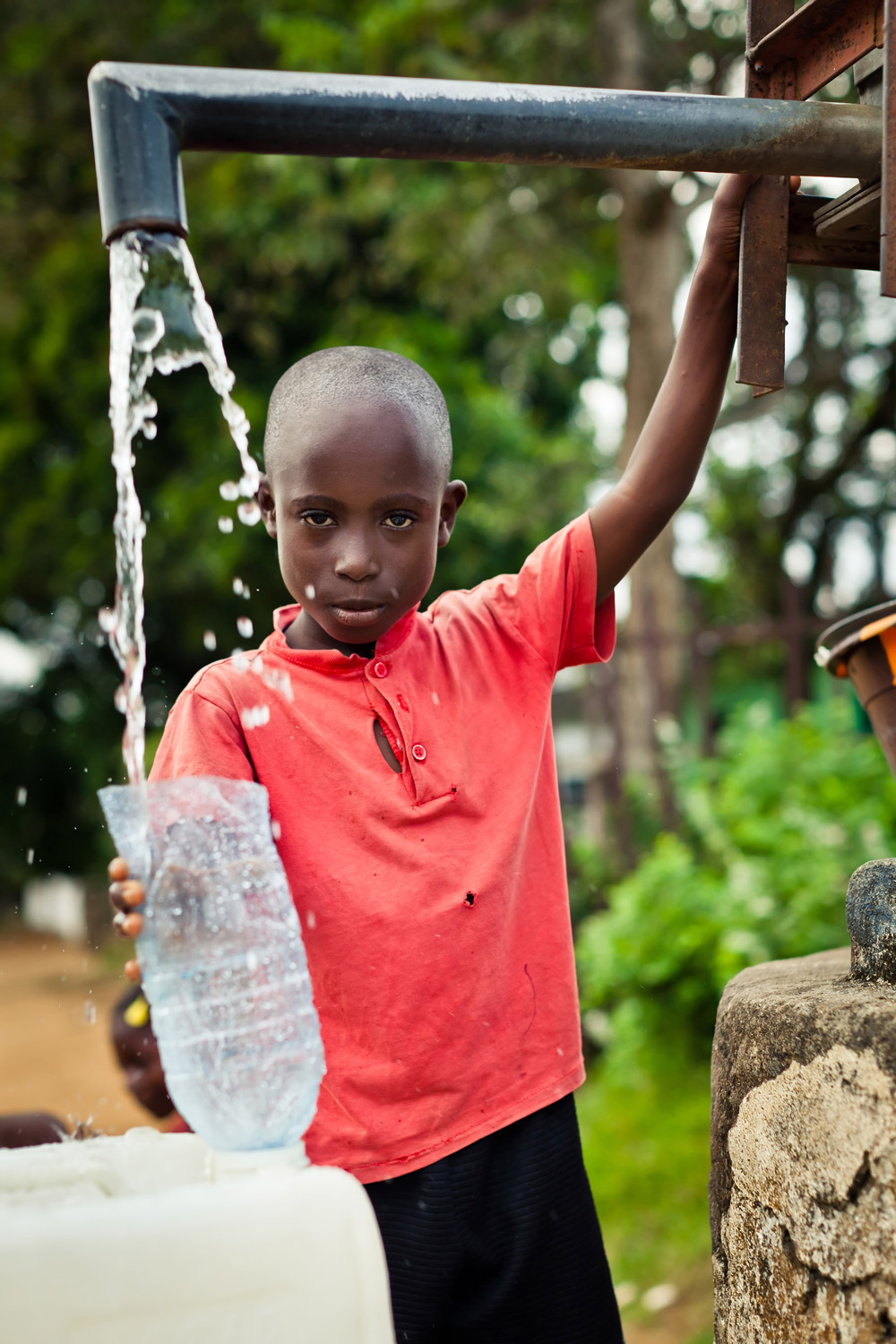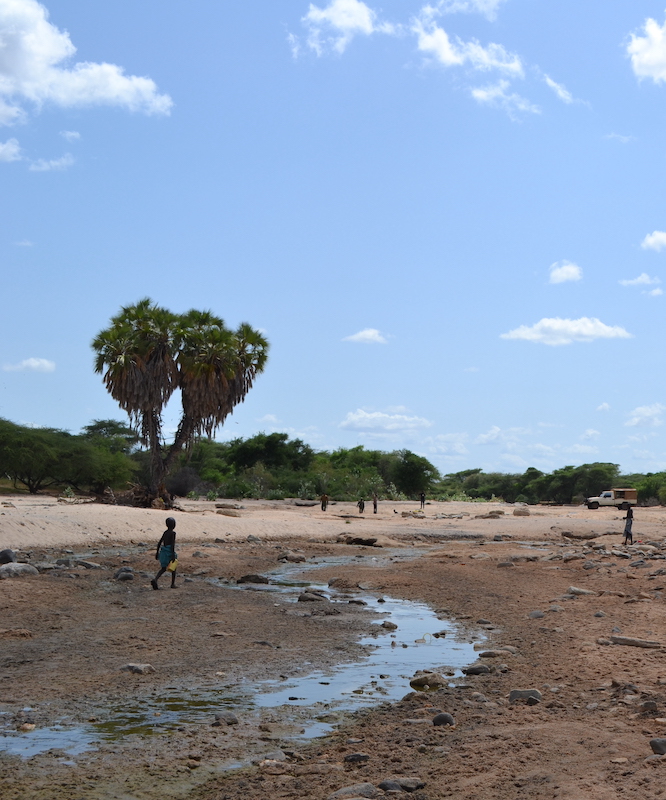
US Government Strategies on Water
Under the Sen. Paul Simon Water for the Poor Act enacted by Congress in 2005 and amended by the Sen. Paul Simon Water for World Act of 2014, the U.S. Agency for International Development (USAID) administers development aid for water, sanitation, and hygiene. The law directs USAID to lead a multi-agency strategic plan for US Government leadership in WASH, and specifically for USAID to do its own implementation strategy, revised every five years.
Even though the 2005 act required USAID to produce its first strategy a year after passage, it took until 2013 for the agency to complete one. MWA and other NGOs helped USAID review its program implementation globally and chart a course for WASH programming for 2013-2018, resulting in the USAID Water and Development Strategy (see link below).
Later, as directed in the 2014 act, USAID led 15 other federal agencies and departments in the creation of the first-ever U.S. Government Global Water Strategy, published November 2017 (see link below).
The Water and Development and Development Strategy, 2013-2018

Key Facts
Most Americans don’t know that most US government funding for poverty-reduction is actually implemented in partnerships with US-based NGOs, such as MWA’s members.
Most foreign aid is not simply “given away” to foreign governments, as some Americans mistakenly believe. Much of it is invested in programs run by US charities and US contractors, in the nonprofit and private sectors. Americans should know that USAID demands accountability and transparency in its programs. MWA members – all of them are US-based charities well-known to the American people – know USAID to be an absolutely essential partner in our global efforts.
MWA members draw their funding from a range of sources.
Our work is funded by the small and large donations of individual Americans, by foundations such as the Hilton Foundation and corporations such as Coca-Cola and Procter and Gamble, and by key partnerships with the US government and multilateral government-sponsored institutions such as the Inter-American Development Bank.
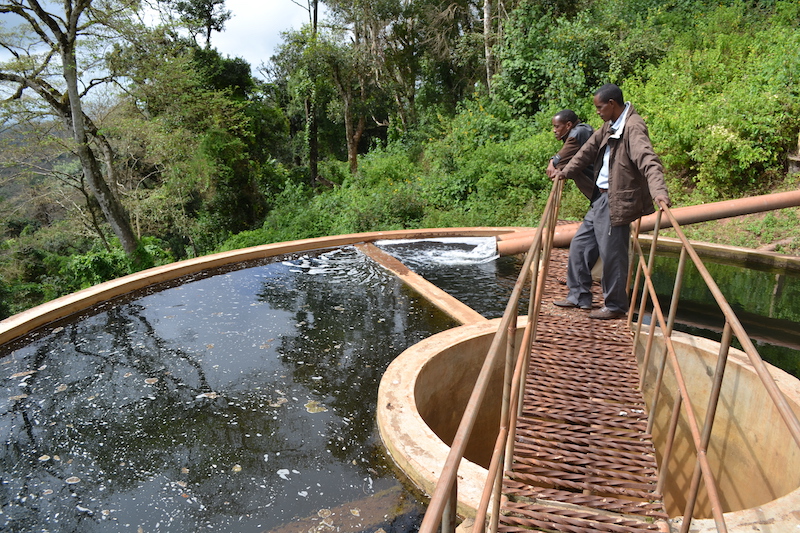
Sanitation and Water for All
We are especially pleased that USAID joined Sanitation and Water for All (SWA) as a full partner, representing the entire US Government. (See the 2013 announcement in our News section.)
MWA and several MWA members are recognized as NGO members in SWA.
